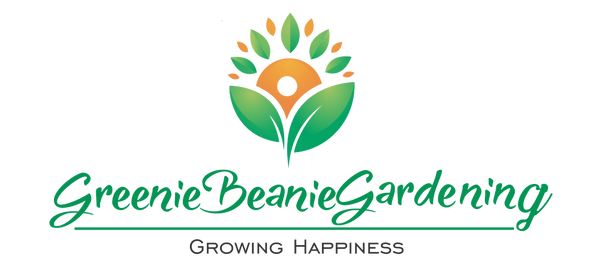Attracting pollinators to your garden is not only beneficial for the plants but also contributes to the overall health of the ecosystem. Pollinators like bees, butterflies, hummingbirds, and other insects play a crucial role in plant reproduction. Here are some tips on how to attract pollinators to your garden:
-
Plant a Variety of Flowers:
- Choose a diverse selection of flowers with different colors, shapes, and sizes. Different pollinators are attracted to different types of flowers.
- Opt for native plants as they have evolved to attract local pollinators and are generally well-adapted to the local climate.
-
Incorporate Native Plants:
- Native plants provide familiar food sources for local pollinators and support the local ecosystem.
- Research which native plants are suitable for your region and incorporate them into your garden.
-
Provide a Continuous Bloom:
- Plant flowers that bloom at different times throughout the growing season, ensuring a continuous food source for pollinators.
- Include early blooming flowers in spring, mid-season bloomers, and late-season flowers that extend into fall.
-
Include Host Plants:
- Some pollinators, such as butterflies, require specific host plants for their larvae to feed on. Include these host plants in your garden to support their life cycle.
- For example, milkweed is essential for monarch butterfly larvae, while parsley and dill attract swallowtail butterflies.
-
Create Habitat and Shelter:
- Provide a mix of open spaces and sheltered areas in your garden. Pollinators need places to rest, hide from predators, and seek refuge from extreme weather.
- Incorporate shrubs, trees, and tall grasses to create diverse microhabitats.
-
Avoid Pesticides:
- Minimize or eliminate the use of pesticides in your garden. Pesticides can be harmful to pollinators and disrupt their populations.
- If pest control is necessary, opt for natural and organic methods or targeted treatments that minimize harm to beneficial insects.
-
Provide Water Sources:
- Pollinators need water for hydration. Include a shallow birdbath or create small water features like a shallow dish with pebbles for them to drink from.
- Add rocks or floating plants for insects to rest on while accessing the water.
-
Create a Sunny Spot:
- Most pollinators prefer sunny areas for foraging. Ensure that your garden has enough sunlight exposure for a significant portion of the day.
-
Group Plants Together:
- Plant flowers of the same species in clusters or drifts rather than scattering them throughout the garden. This helps pollinators locate and access the nectar and pollen more easily.
-
Avoid Chemical Fertilizers:
- Chemical fertilizers can be harmful to pollinators and disrupt their natural behavior. Opt for organic fertilizers or amend the soil with compost and other natural amendments.
Remember, creating a pollinator-friendly garden takes time. Be patient, observe, and enjoy the sight of bees, butterflies, and hummingbirds as they visit your garden. By providing them with a welcoming habitat and a diverse selection of flowers, you can support these important pollinators while adding beauty and vibrancy to your outdoor space.

